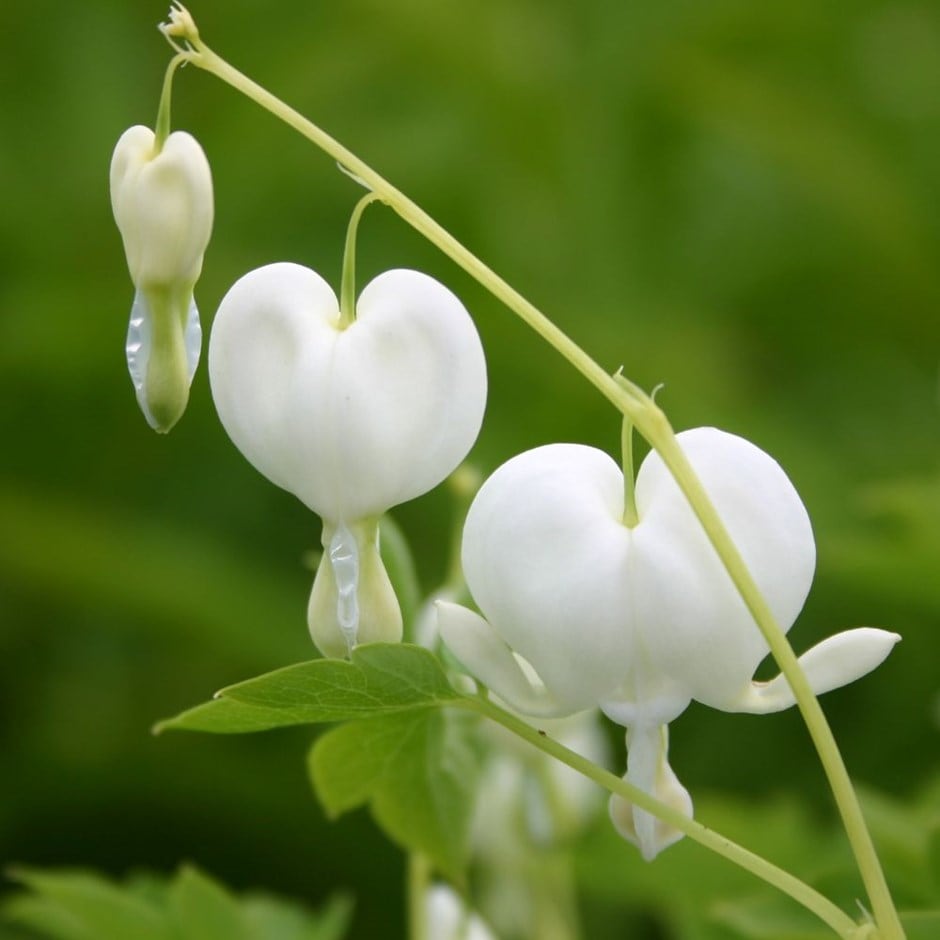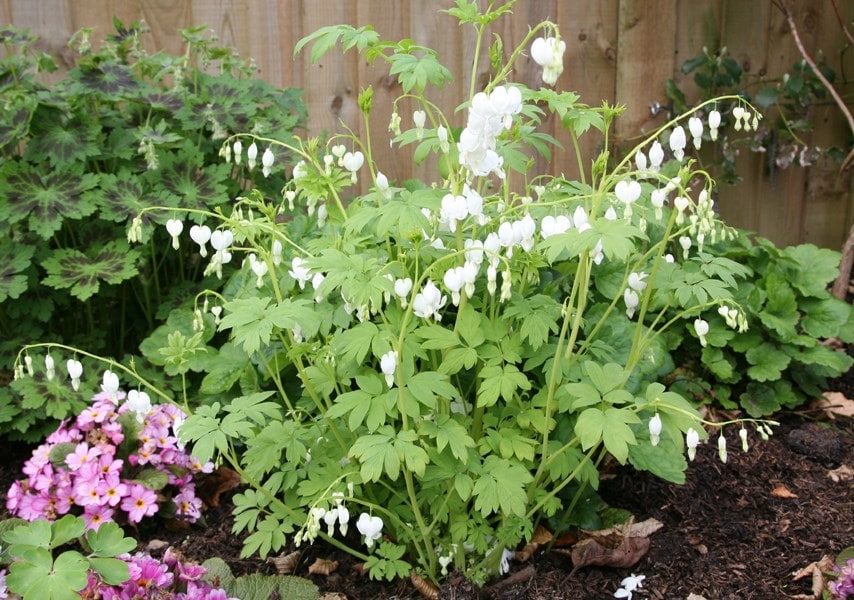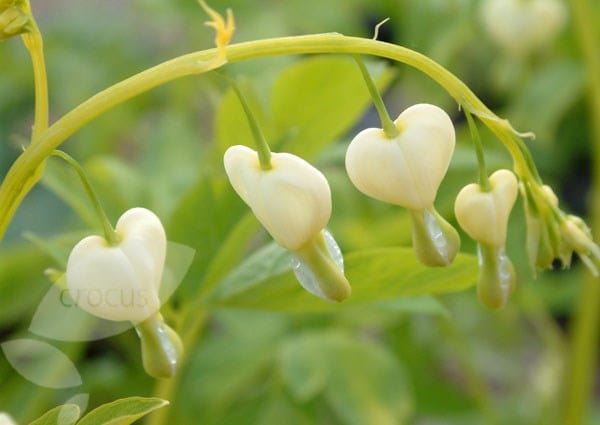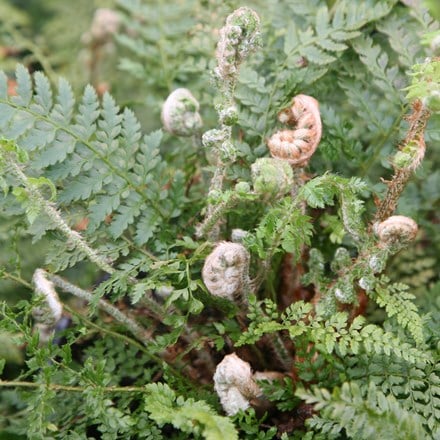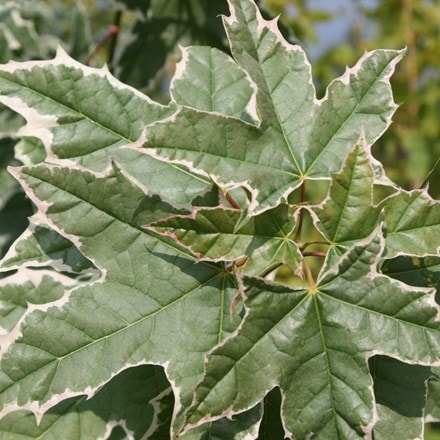Eventual height & spread
Lamprocapnos spectabilis 'Alba'
bleeding heart (syn. Dicentra spectabilis Alba)
- 3 × 9cm pots
- £18.00 £20.97
- In stock (shipped within 3-5 working days)
- 9cm pot
- £6.99
- In stock (shipped within 3-5 working days)
- 2 litre pot
- £17.99
- In stock (shipped within 3-5 working days)
- 6 × 9cm pots
- £29.99 £41.94
- In stock (shipped within 3-5 working days)
Delivery options
- Standard £5.95
- Position: Full sun or partial shade
- Soil: Moderately fertile, moist, well-drained soil
- Rate of growth: Average
- Flowering period: April to May
- Hardiness: Fully hardy
Arching sprays of dainty, pure white, heart-shaped flowers appear in late spring above fern-like, fresh green leaves. Easy to grow, this elegant dicentra is ideal for illuminating a woodland garden or as part of a cottage garden scheme. As long as the ground is kept moist, 'Alba' will thrive in full sun or partial shade. It is one of the earliest perennials into flower, but the foliage does die back after flowering, so it is best mixed amongst summer flowers, which can then maintain interest in the border. Please note that this plant will die to the ground in summer and will not reappear until early Spring the next season.
Lamprocapnos are northern hemisphere plants, growing from Asia to North America. In their natural habitat they are found in moist soils in the cool margins of woodlands. This dicentra was first introduced in 1816, then disappeared from cultivation but was reintroduced by plant collector Robert Fortune in 1846. It soon became one of the most popular garden plants. It is one of the earliest perennials into flower, but the foliage does start to die back after flowering, so it is best mixed amongst summer flowers, which can then maintain interest in the border.
Lamprocapnos are northern hemisphere plants, growing from Asia to North America. In their natural habitat they are found in moist soils in the cool margins of woodlands. This dicentra was first introduced in 1816, then disappeared from cultivation but was reintroduced by plant collector Robert Fortune in 1846. It soon became one of the most popular garden plants. It is one of the earliest perennials into flower, but the foliage does start to die back after flowering, so it is best mixed amongst summer flowers, which can then maintain interest in the border.
Dicentras are happy in any good garden soil that's fertile but not too heavy. Enrich the soil with plenty of leaf mould before planting and apply a mulch in autumn too. A light fertilising in March will help enormously.
Goes well with
Polystichum setiferum (Divisilobum Group) Herrenhausen
9cm pot
£7.99
In stock (shipped within 3-5 working days)
